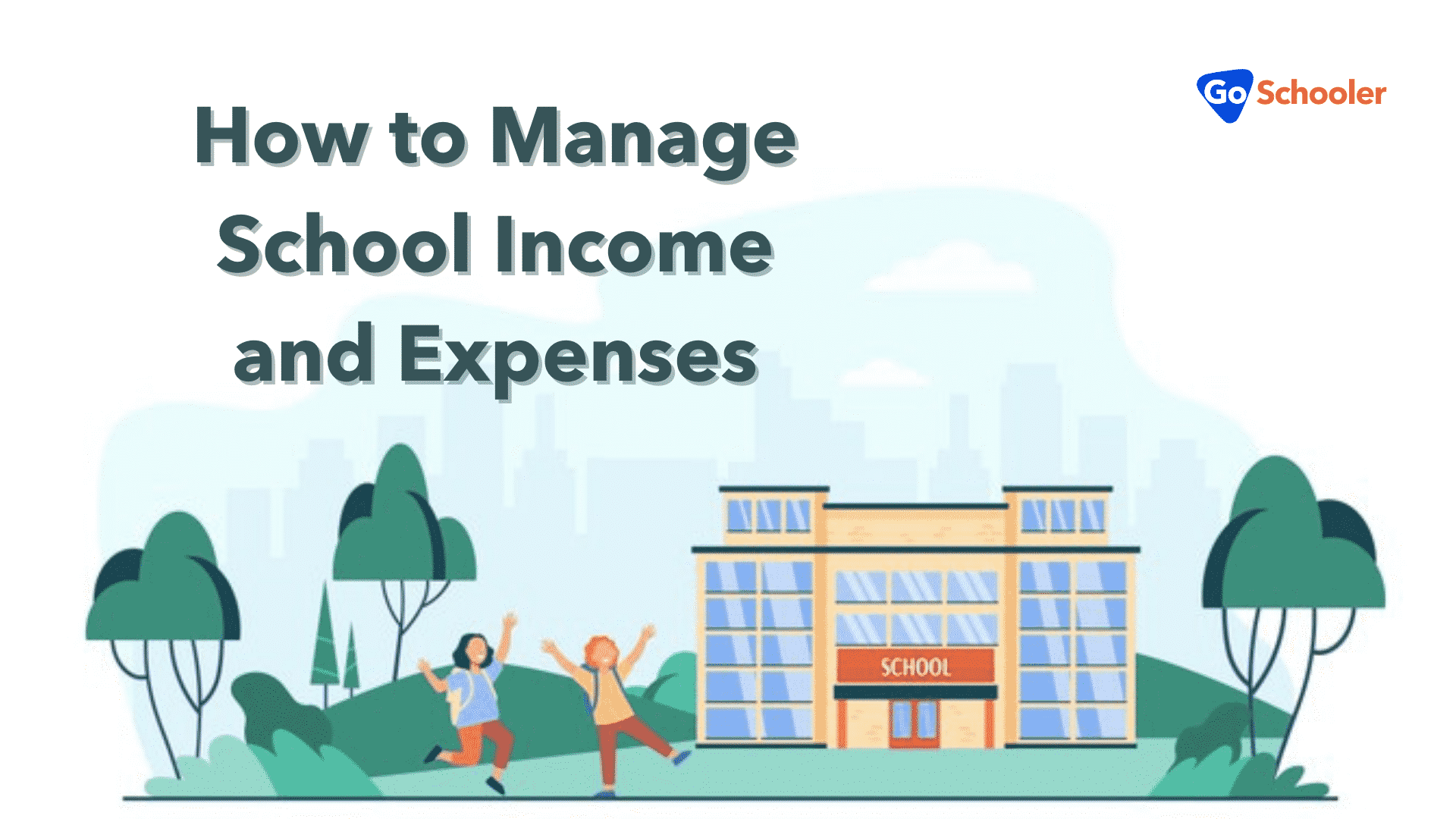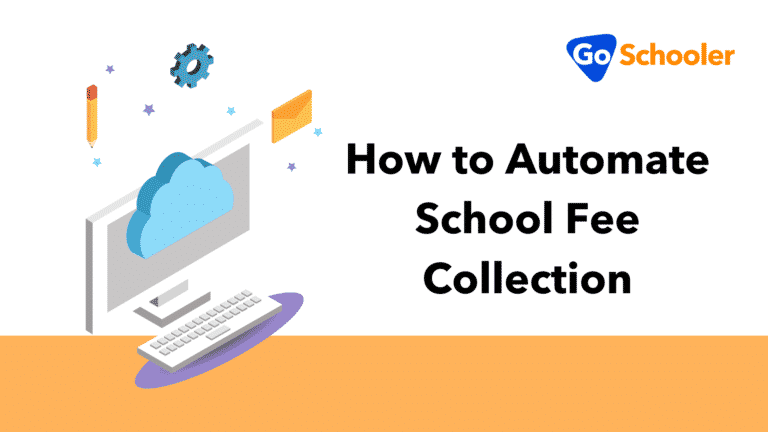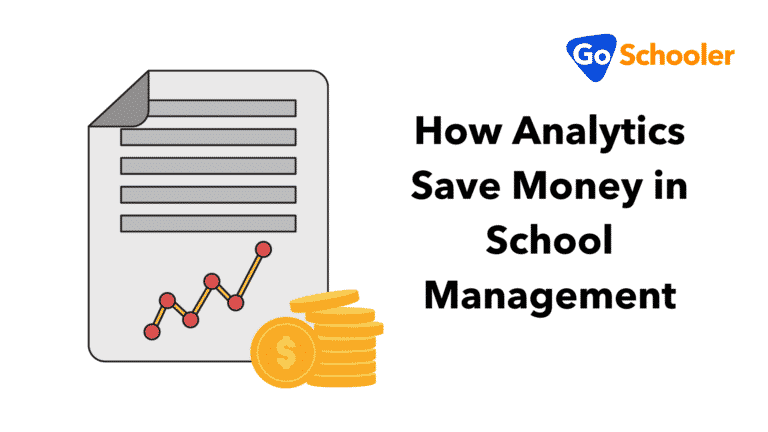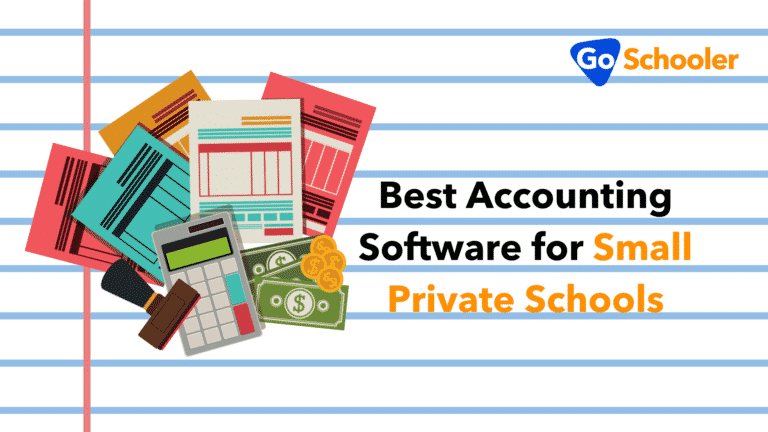School principals, administrators, accountants, and sometimes teachers are all involved in managing school finances. Schools may also have school finance managers that help manage school budgets, incomes, and expenses. Whichever of these job titles you may hold, it’s essential that you know how to handle school finances correctly. Do you want to know how to manage school income and expenses?
So much depends on a school budget. It’s not just about keeping the school operational. It’s about providing the best quality learning for students too!
If you’re looking for tips on how to manage school income and expenses, you’ve come to the right place. Here we’ll provide you with school finance management best practices. We’ll give you tips on how to handle school finances better as well.
10 Tips on How to Manage School Income and Expenses

Managing school budgets is a daunting yet crucial job. It can be pretty time-consuming. It also takes a certain level of understanding of how the school works as a whole. You will also need to consider how limited or how flexible a school can be.
If you’re tasked with managing whatever part of a school’s finances or budget, don’t fret. Here are some tips and practices that should be able to help you out:
1. Focus on Academic Goals First
The goal of any academic institution is always to provide the best quality of learning and education to its students. Any other goal becomes secondary to this one. So, before you set a budget or implement any financial management plan, here’s one thing you should ask yourself. How does this budget or financial management plan help us achieve the school’s vision?
Focusing on academic goals will allow stakeholders to create strategic financial management plans. If you need to draft a long-term strategy, make sure to make one that can be broken down into smaller, more manageable, and more realistic plans. This can help in school budget preparation too.
2. Know Where The Money is Coming From
One of the first things you need to know is where the money is coming from. Since financial sources may have different goals, it helps that you understand your sources to see how you can better budget their money. Ensuring that the school spends money accordingly is a great way to get more support and additional funding.
Though it varies from state to state and from country to country, there are three primary sources for a public school’s budget. State resources make up almost half of school budgets, and these come from income taxes, sales taxes, and other fees. Around 44% come from local contributions, specifically from homeowner’s property taxes. Approximately 8% comes from federal grants.
On the other hand, a private school’s primary income sources are student tuition and miscellaneous fees, endowments, and donations.
3. Look Into Finances Monthly, Not Yearly
Some school finance managers make the mistake of procrastinating until the end of the school year to look into school finances. However, it’s better for everyone involved when finances are checked every month instead of every year.
Getting into a routine of checking finances monthly can help you catch discrepancies early. It allows you to spot underspending and overspending as they happen, which means you can adjust your spending accordingly. Monthly accounting makes year-end accounting faster and easier to deal with too.
4. Prioritize Resources With Proven Track Records
When you’re learning how to manage school income and expenses, you learn to prioritize resources. Many schools, especially the public ones, rarely have enough budget left for innovation and research. They barely even have enough funding for primary and essential programs. This means you have to be smart when procuring resources. Remember that cheapest doesn’t always mean best.
For example, you might be looking at lower prices for yearly contracts. But, this would mean you’re stuck with one price for the rest of the year. Purchasing on an as-needed basis allows you to check prices and find better deals from different suppliers. You might also want to consider teaming up with other schools or organizations to increase your purchasing power and drive prices even lower.
Assess a resource’s value for money by considering cost, efficiency, and effectiveness. If you’re a new employee, you may want to ask your colleagues about the best purchases the school has made in the past years. If you’re looking to make a case about a particular budget allocation, be prepared to demonstrate its value for money.
5. Expect Adjustments
Budgets are great. When you have budgets, programs are developed and executed according to plan. However, as we have mentioned earlier, there are times when we might underspend or overspend. When either of these happens, you should be prepared to make adjustments as you slightly deviate from the original plan.
6. Manage Your Expectations

Budgeting in school management requires a deep understanding of a school’s long financial history. There are so many areas and budget categories to consider in budget allocation. Transportation, facilities, health and safety, curriculum and staff development, food services, library services, energy, and school leadership are just some of them.
If it’s the first time that you’re tasked to manage school income and expenses, don’t be too hard on yourself. Managing a school budget is a complex task, and you can’t expect to get everything right, especially if it’s your first time.
The same applies to when it’s the school’s first time to start a specific budgeting practice. Since you may not have data to base your budget projections on, it’ll be more difficult to make sensible budget decisions. It’s still wise to consider past earnings and spending history, though.
7. Promote Transparency and Accountability
Is there a way to establish and maintain trust without transparency and accountability? We don’t think so too! This is why school finance officers must practice transparency and accountability at all times.
Communication between stakeholders and finance managers is essential, especially in managing and developing a school budget plan. This collaboration may even result in more support for current and future strategic financial management goals.
8. Involve Your Teachers
Teachers may not be directly involved with financial planning, but they have a part in executing financial plans. Involve the teachers by helping them understand their role in budget execution. If possible, make them part of the budgeting too.
When teachers and administrators are on the same page, it’s easier to achieve the school’s financial goals. Provide training to teachers and give them financial management and budgeting tips. A few hours spent on training and Q&As can make for perfectly executed financial management plans.
9. Customize Your Financial Reports
As a school administrator or finance manager, it may be part of your job to present financial reports to stakeholders. But, are these stakeholders interested in exactly the same things presented in exactly the same way? Of course not!
When presenting financial reports to different stakeholders, always consider your audience. Those in school leadership may be interested in a detailed account of income and expenditure. This kind of report contains valuable data for projecting future budgets. They’re looking for areas to improve and focus on.
Those on the school’s governing body may be as invested in the school’s financial standing. But, they may not have comprehensive financial backgrounds. In any case, it helps to present financial reports using less technical terms. Using relatable and plain language can help your audience understand your message more clearly.
10. Consider School Accounting Software
Accounting software applications make it easier for businesses and individuals to track incomes and expenditures. General accounting tools can also help schools and other teaching institutions. However, it’s infinitely a wiser decision to invest in a school management software system that’s specifically designed to handle school finances.
School Accounting Software Features
School accounting software programs are typically integrated into school management systems. These school management software applications are designed to help school administrators, leaders, teachers, and staff deal with various administrative and operational tasks.
On the other hand, school accounting software is designed specifically to help with finances and accounting management. They aren’t exactly cheap, but you won’t have difficulty justifying the high starting costs. Just consider the following basic features of a digitalized school accounting system:
Fee Collection and Management
Collection and management of student fees may be a big part of a finance officer’s job. A school’s finance and accounting divisions will have to deal with different fees on a day-to-day basis. Tuition fees, admission fees, laboratory fees, activity fees, infrastructure funds, commute costs, hostel fees, library fees, and many others are examples.
Manual computation and management of fees can be difficult and time-consuming. Suppose a new student needs to pay his admission fees. To calculate the actual amount they have to pay, you may have to consider all the expenses mentioned above. You might also have to check whether they’re eligible for program discounts, scholarship discounts, coupons, or sibling discounts if applicable.
With a school management system, the only thing you might need from a student is their name and student number. The software program will automatically calculate the fees without error. It can also speed up the process of refund computations and fee structuring.
You may set the program up to send automatic reminders to students and their parents when school fees are almost due. You can even get instant updates on students with overdue payments. And with a click of a button, you can make and customize reports.
Income and Expense Management
Accounts management in schools often deals with a school’s incomes and expenses. School accounting systems can help make detailed and customizable financial reports that can show a school’s spendings and earnings for a period of time. It should also handle donations, taxes, fines, penalties, grants, and many other kinds of financial transactions.
However, for accounting systems like these to create accurate reports, users must ensure data integrity. With the right data under correct categories, there shouldn’t be a reason why digitalized school accounting software would have errors in generated financial reports.
Payroll Management
According to the American Association of School Administrators, as much as 85% of a school district’s budget goes into salaries and benefits. This means that payroll management is a huge part of school accounting systems.
A school management system like GoSchooler serves as an all-in-one solution for school administration. Systems designed specifically for school management usually have attendance management for more straightforward payroll computations.
You can program these systems to factor in bonuses, leaves, benefits, and different pay policies. You can even create payroll groups to segment employees by pay structure, pay frequency, and calculation method.
School accounting systems can generate payslips and make salary reports too. Teachers and staff members can have access to their payslips as soon as they’re generated. Employees can raise concerns if they have issues with their payslips. Some accounting systems even allow employees to accept or reject their payslips and cite notes on why they chose the latter.
Financial Data Storage
Financial databases should only be accessible by a select number of authorized people. School management databases like financial data, employee information, student information, and many others must be kept safe, secure, and away from prying eyes. This applies to archives, current, and future data.
A school accounting system, especially a cloud-based one, provides schools with an easy solution to safely and securely store data. Many schools nowadays make use of cloud-based storage solutions. This is preferable to owning, maintaining, and securing their own local servers (which would also require additional workforce).
Conclusion
Managing school income, expenses, and budgets require so much more than just financial know-how. You may have a solid financial background and still fail miserably at managing a school’s finances.
There are some things you can do to increase the chances of success, though. By applying the tips you’ve learned in this short read, you can make better budgeting decisions and strategic financial plans. You can set the standard for transparency in every transaction and maybe even help secure additional funding for the school.
However, one of the wisest decisions would be to invest in a school management system that also offers school accounting features. By doing so, you can help school administrators, leaders, teachers, and staff by reducing their workloads and improving the quality of their work.







